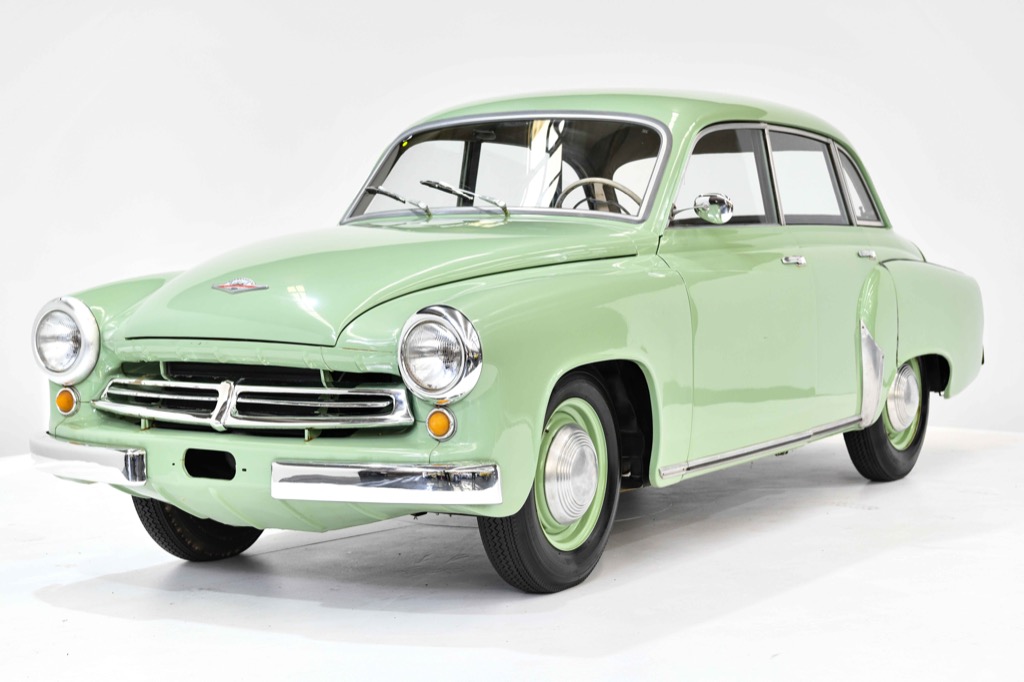What’s in a name? Probably more than you realise, if you were eyeing up, say, a snappy electric hot hatch named Discharge, or a seven-seat electric SUV called the Cellulite.
So you probably wouldn’t have been queueing up like Elon worshippers to buy yourself a Wartburg, though there’s actually a lot more to this name than the unfortunate dermatological connotations. It originated with Castle Wartburg, which overlooks the German town of Eisenach (birthplace of Johann Sebastian Bach) where the Decauville, a two-cylinder French car, began production under licence in 1898.
By 1904, Wartburg had developed its own models and went by the name Dixi. After military production during WW1, in 1927 Dixi began building Austin 7s under licence. A year later, a certain aircraft and motorcycle maker from Munich decided to add cars to its catalogue and took over the enterprise, producing the BMW-Dixi (later BMW 3/15).
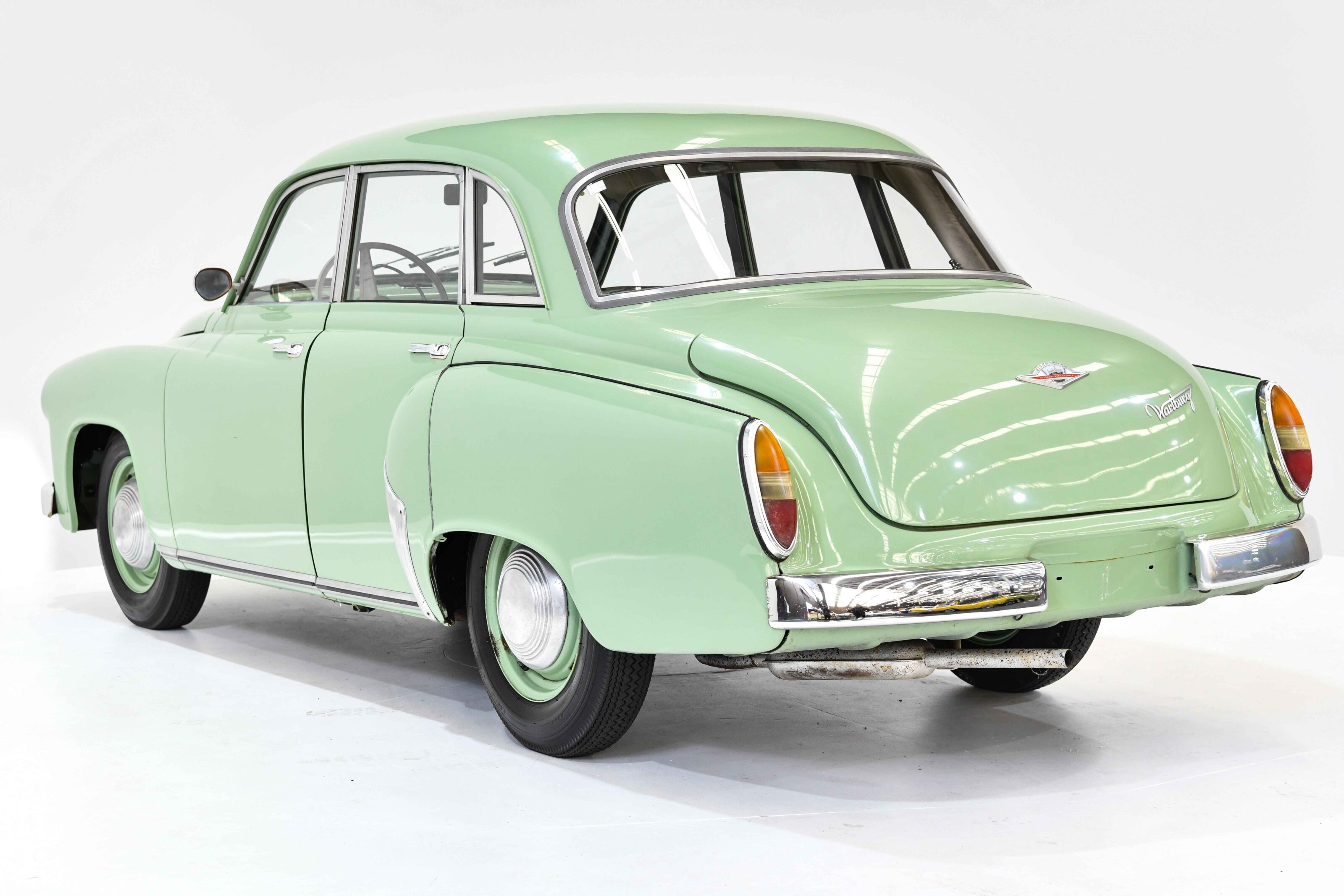
Thus, all BMW cars from 1928 until the Soviet takeover of East Germany in 1945 came from the Eisenach plant.
Annoyingly, while BMW’s Munich facilities began their recovery from WW2, the Soviets resumed production of pre-war ‘BMW’ models. In 1952, Munich succeeded in forcing Eisenach to change the name – which they did, to ‘EMW’, with a revised logo in red and white.
While BMW accelerated into the future with its all-new, Munich-built 501 and 502 luxury cars, EMW under commie rule inevitably went backwards. They commandeered production of the IFA F9, a pre-war DKW design, and in 1956 used its ladder frame, transverse leaf suspension and two-stroke drivetrain to underpin a larger and more stylish model family, the Wartburg 311.
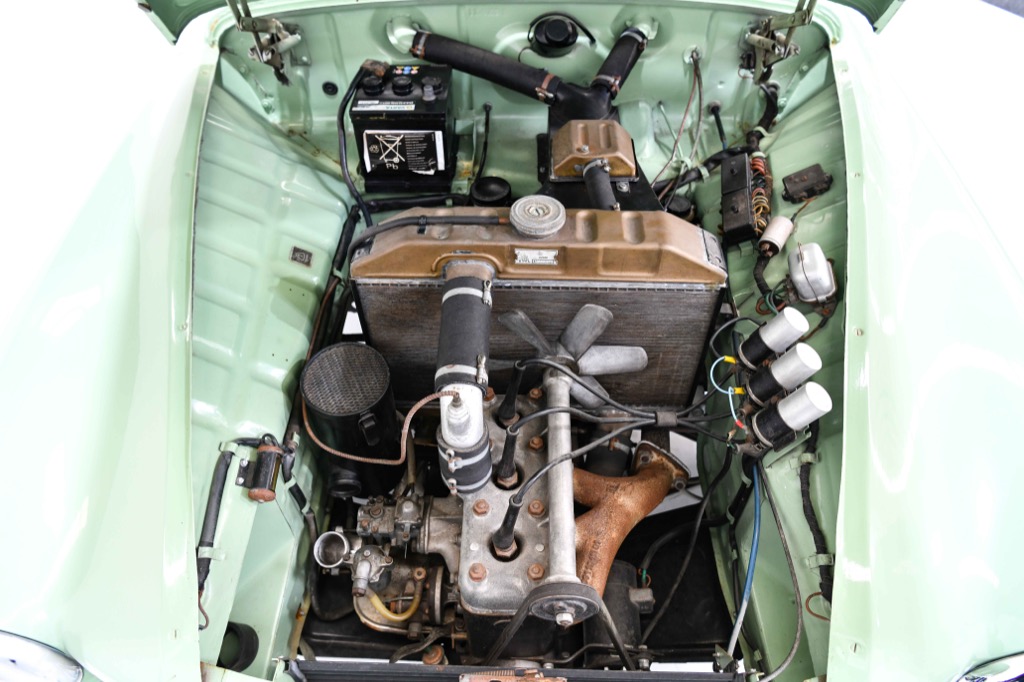
Styled by BMW-trained (and Eisenach-born) Hans Fleischer, the 311 came in no fewer than eight derivatives, including wagon, coupe, cabrio and utility, along with the sedan like the 1956 example here.
On styling alone, the 311 might have had a chance against western rivals like Mercedes-Benz’s 190 ‘ponton’. At least its smoker motor and front-drive did nothing to dampen demand behind the Iron Curtain, where the waiting list was said to exceed supply five-fold.
The 311 ceased production in 1965, when it was rebodied as the boxy 353, after 258,928 examples had been built. Interestingly, 20 percent of that production was exported to markets beyond the Iron Curtain – even, courageously, to the carmnist-hatin’ US.

Thank you for smoking
Mechanically, the Wartburg was no weirder than a Saab 92 or DKW F89. The latter donated the longitudinal three-pot engine, initially 901cc with 28kW and 81Nm (992cc and 33kW/93Nm from 1962), with radiator mounted behind, and driving through a three-speed manual (four-speed from 1958). Top speed was around 115km/h, and despite the simplicity of the transverse-leaf suspensions, they were said to be comfortable cruisers and solidly built.

Inside story
Interior ‘styling’ begins and ends with the Bakelite steering wheel, but the 311’s interior is spacious and comfortable, with fabric-trimmed front bucket seats fronting the unforgiving steel dash and basic instrumentation. Many roadster and cabrio versions – the most popular exports – extended to radios and leather upholstery. A novel feature of the sedan’s rear seat was the fold-down backrest giving boot access. A sliding sunroof was an export option.
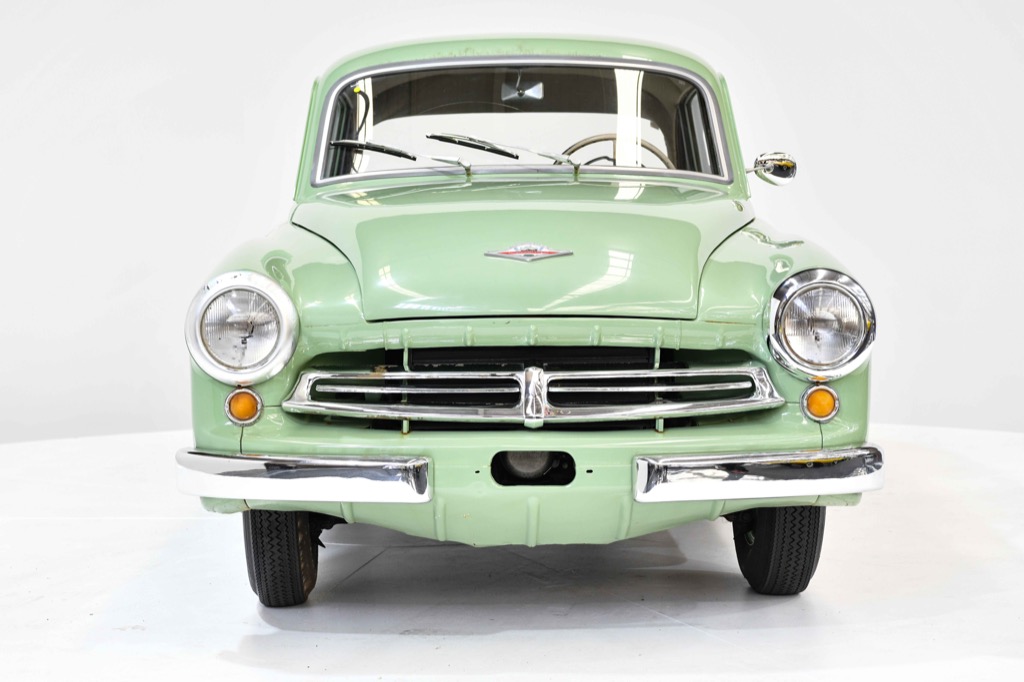
We recommend
-
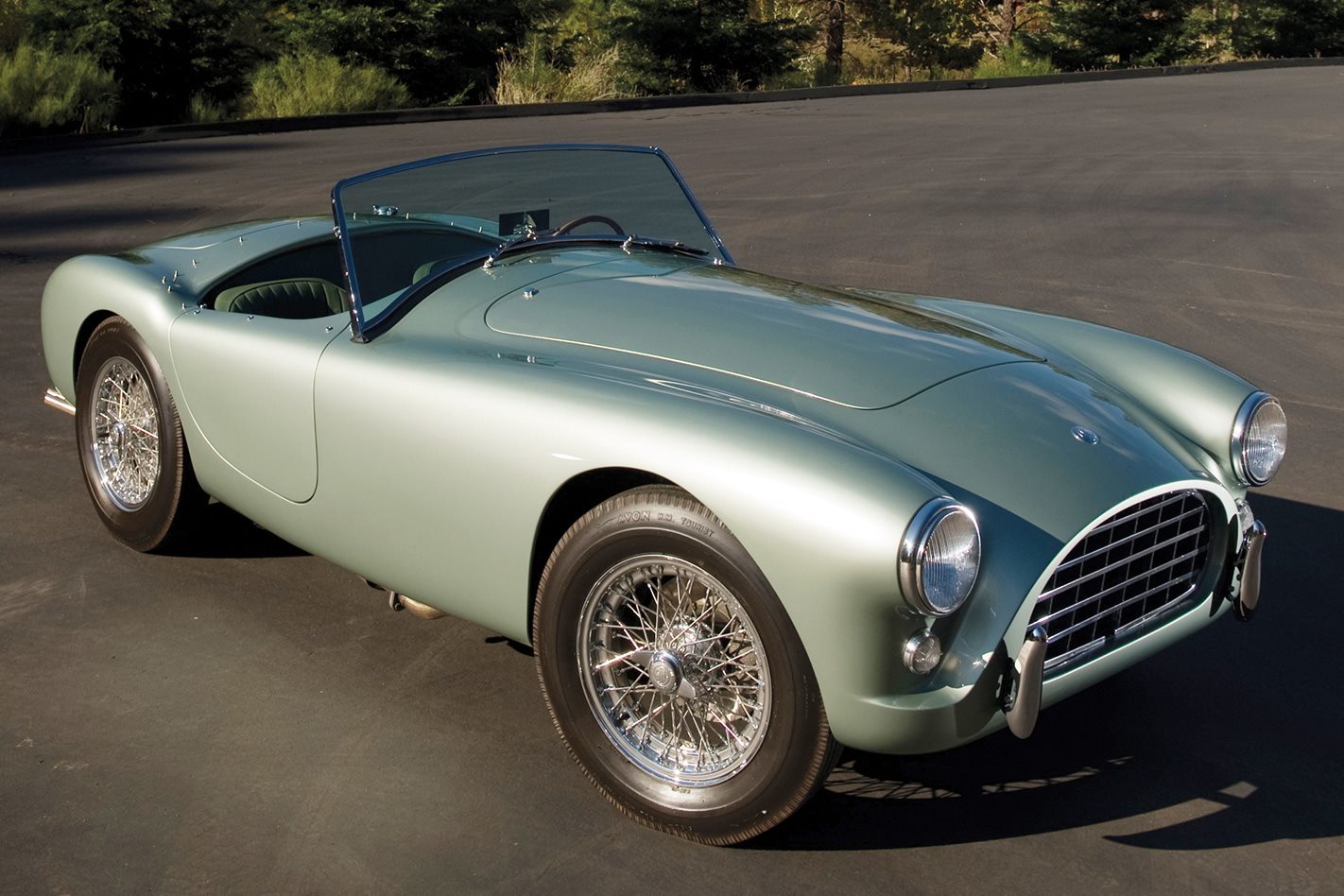 Classic Wheels
Classic WheelsRetro: 1953 AC Ace
Years before Carroll Shelby dealt it a V8, the AC Ace was a six-pot Brit with brio
-
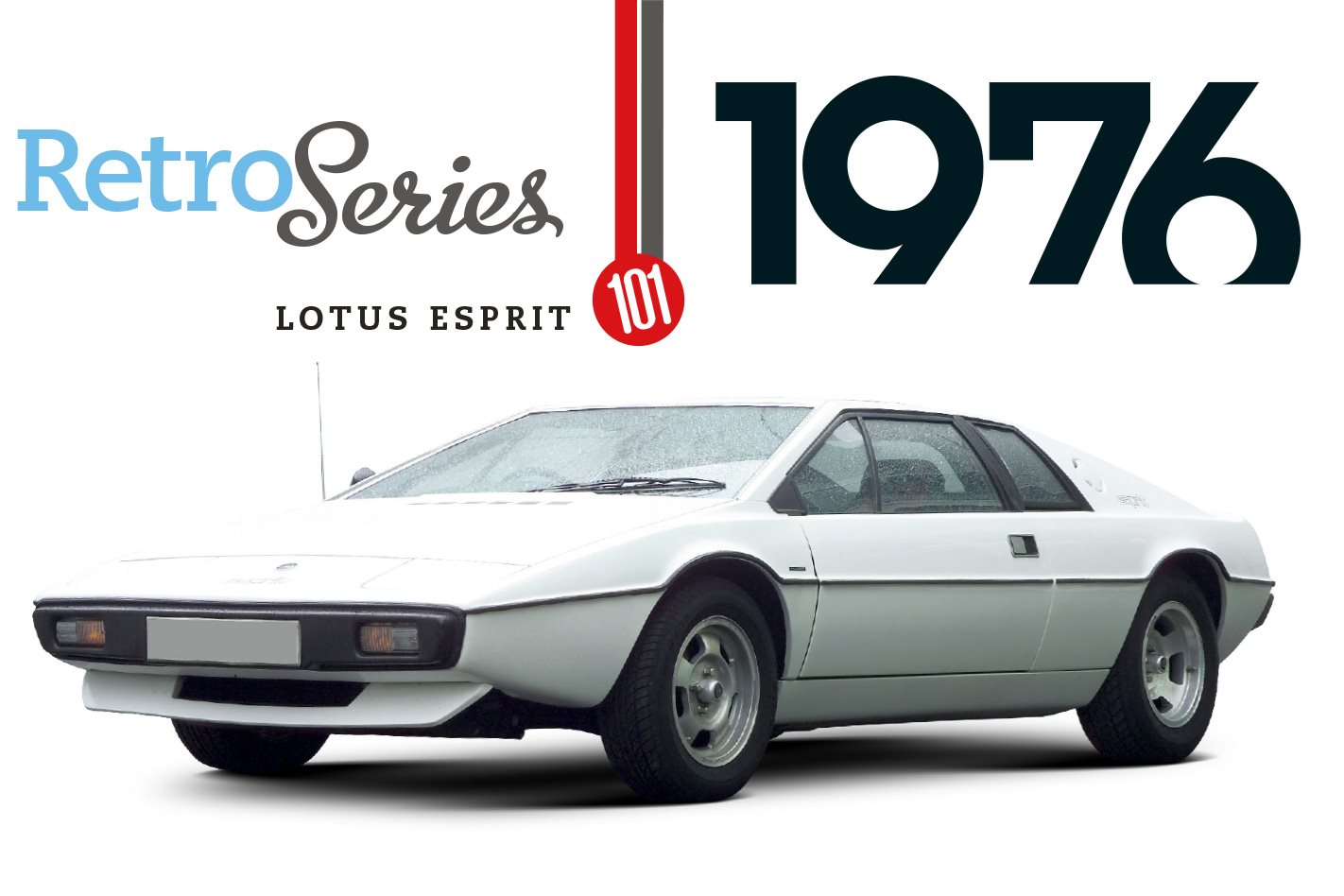 Classic Wheels
Classic WheelsRetro: 1976 Lotus Esprit
Lotus only built 894 S1s, but the Esprit became one of the longest-lived designs of all time
-
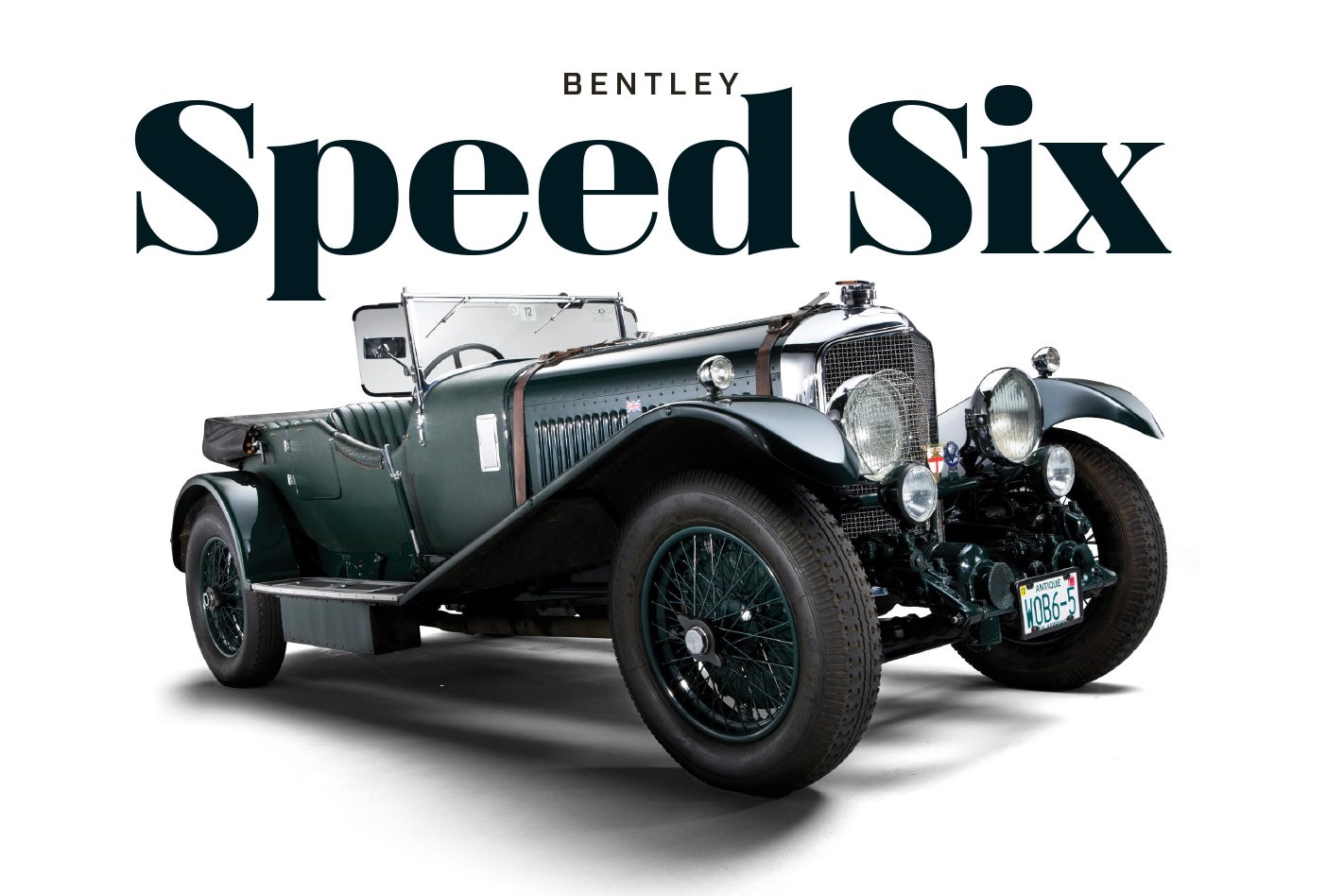 Classic Wheels
Classic WheelsRetro: 1929 Bentley Speed Six
Big-capacity grunt overcame vast mass, and Le Mans glory followed

